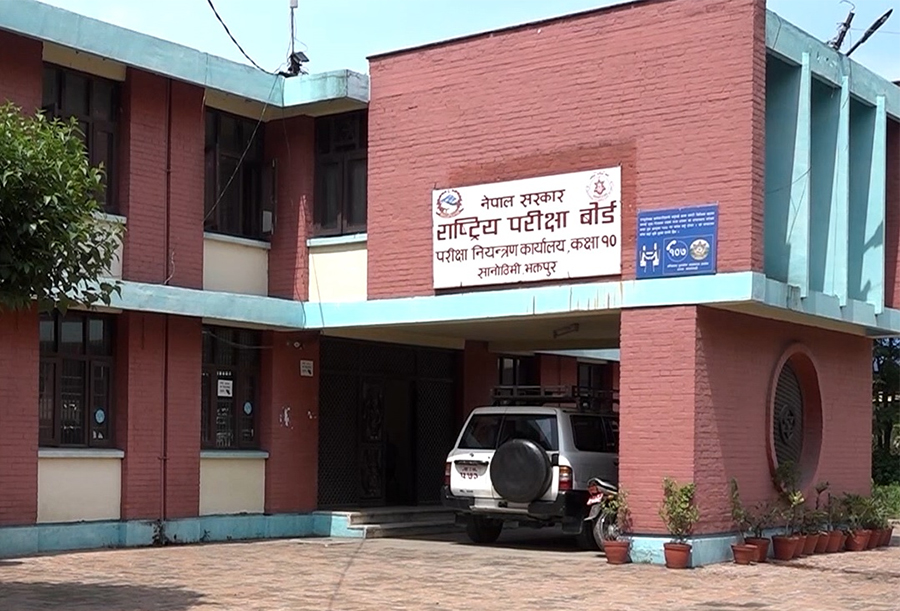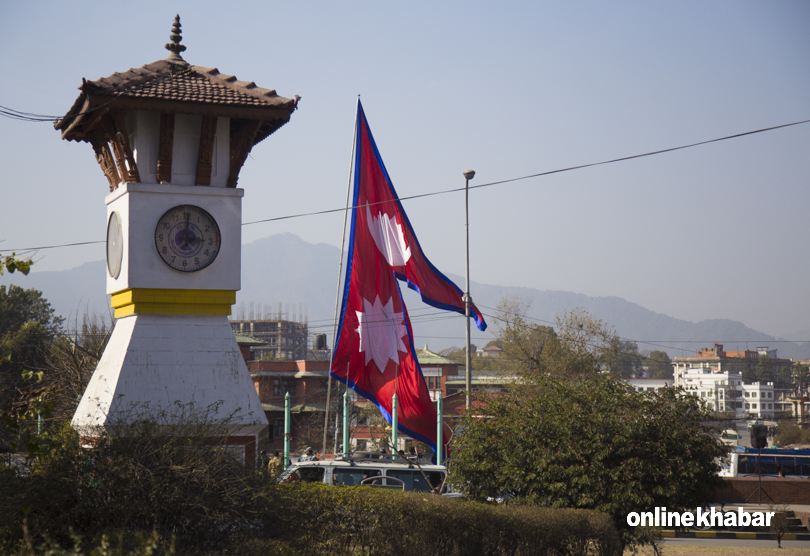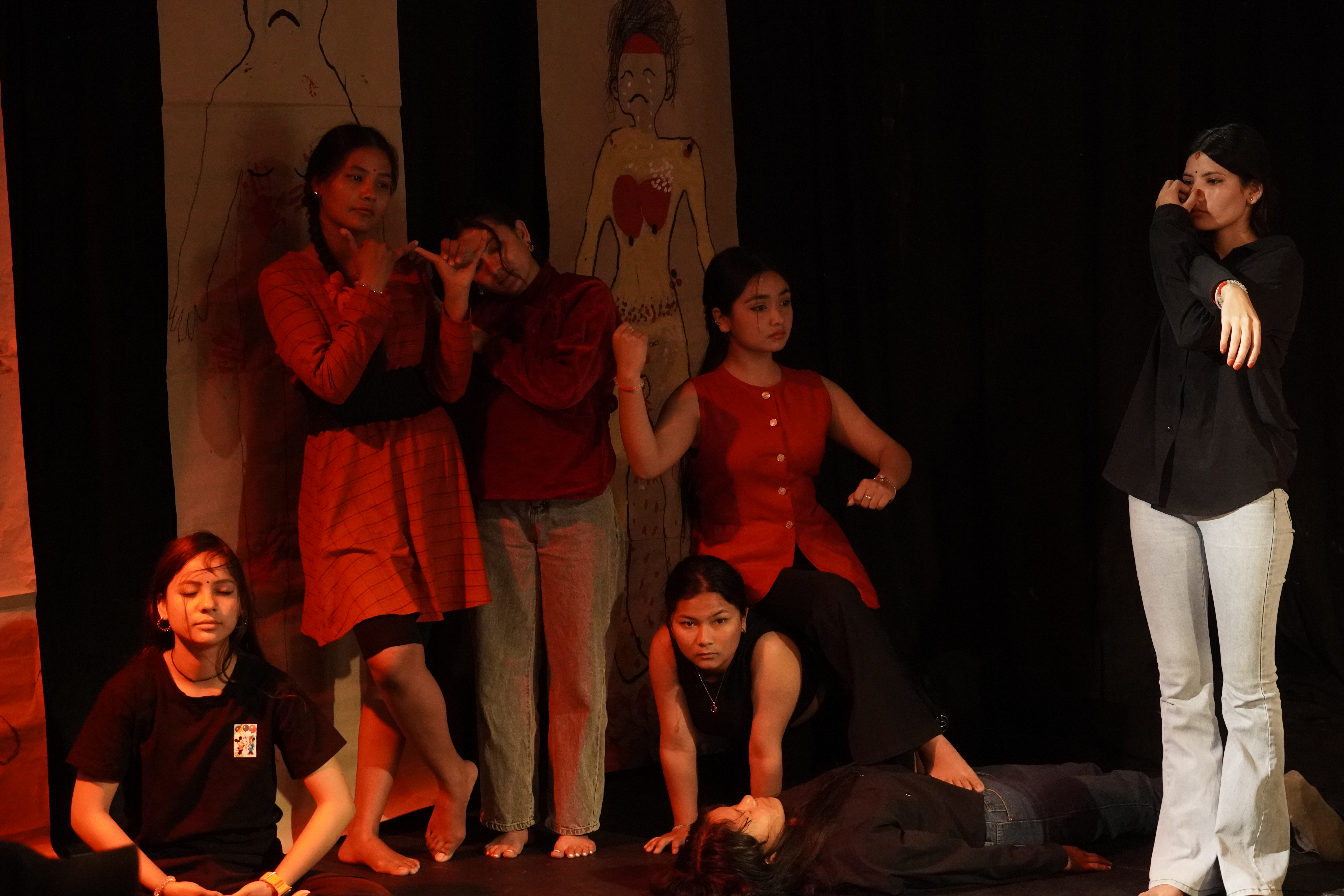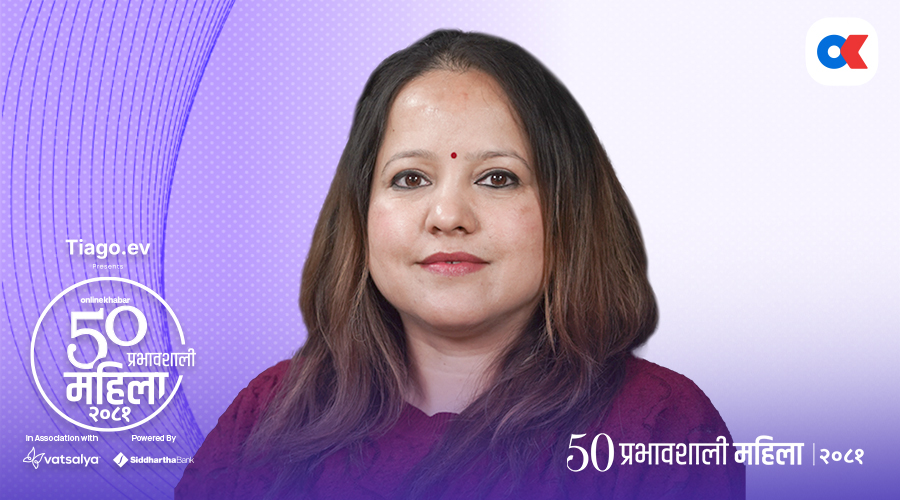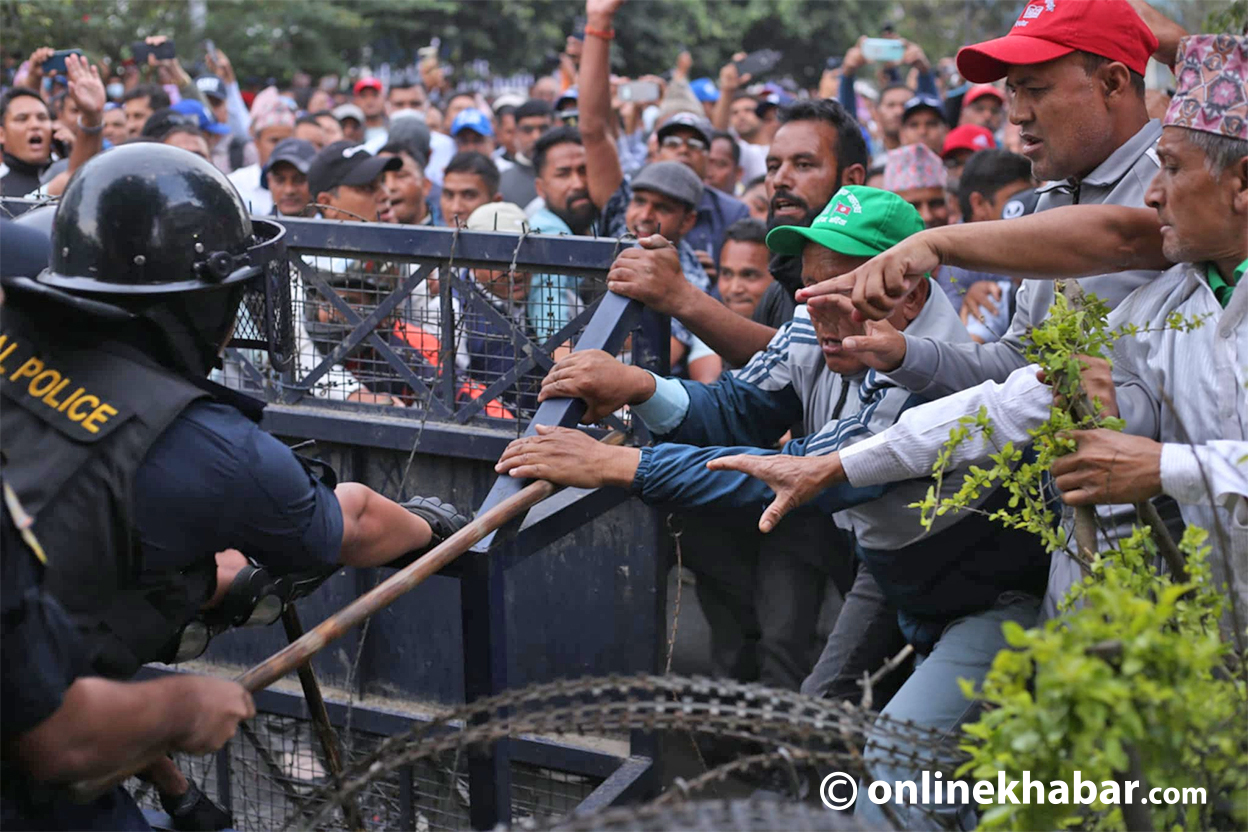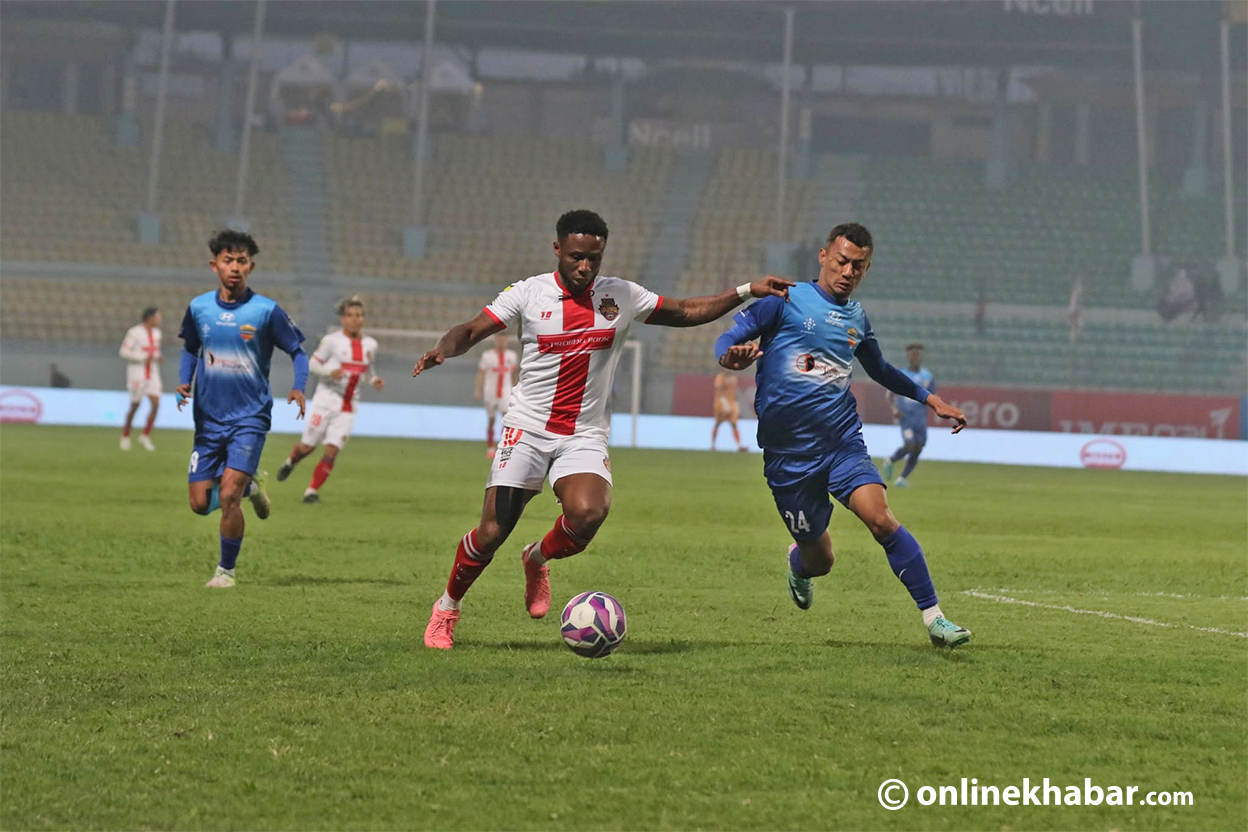
I grew up as a die-hard Bollywood fanatic, so somewhere along the way, I became familiar with Mumbai—and, unknowingly, its underworld too. But it was not until I stumbled upon Hussain Zaidi’s books that the world of the mafia opened up for me. And once I picked up one, there was no looking back. Today, ask me my favourite book? Without a second thought, my answer would be —Mafia Queens of Mumbai. There is something about that one that just stays with me. Maybe it is because it lives in the grey line, not in the moral extremes of absolute black or white. And honestly, I have always believed life is more about those grey areas.
From the first time I read Hussain Zaidi to now, three books down the line, I have tried to pen down a few thoughts, some reflections, and a whole lot of Mumbai that I have seen so far through the words of Zaidi and the lenses of the Hindi film makers.
Dongri To Dubai, Mafia Queens of Mumbai and Black Friday
In a city where every lane has a secret and every skyline has a story to share, Hussain Zaidi has become more than just a crime writer; he can now be called Mumbai’s noir historian.
Through his books and now from the YouTube content, Zaidi does not just merely document the underworld; he curates its echo in Mumbai’s bones.
Be it mafia queens of Mumbai or Dongri to Dubai, these are not just books—they are confessions.
Raw and unfiltered confession of a city which is both victim and henchman.
Dongri to Dubai

This one can be given the title of an encyclopedia of the mafia world.
Here, Zaidi brings out the history of the underworld from the very beginning, from the time it laid its foundation on the city post-independence.
The book begins with the Time of Karim Lala and Pathans.
Zaidi’s writing here is sharp as a switchblade but soaked in nuance. He has nowhere sensationalised crime; he investigates them, gets to the roots of it and shares how Mumbai’s socio-economic churn became fertile ground for the rise of men like Chota Shakeel Dawood Ibrahim and more like them. The story of what made them who they are Today. Hussain Zaidi takes us from the narrow lanes of Dongri to the sun-soaked safehouses of Dubai, tracing not just a man’s journey, but a city’s complicity alongside.
This book should be given credit as it laid the foundation for a new wave of Bollywood crime genres. Be it Once Upon a Time in Mumbaai and D-Day, and many more Bollywood movies are drenched in its spirit. Even the Raees echoes the tension between loyalty, ambition, and betrayal found in Zaidi’s pages. His influence on screenwriters is distinct. This man gave Bollywood a new kind of antihero: A don with a human wound. The story of someone like us, but no more amongst us.
Mafia queens of Mumbai

Co-authored with Jane Borges, in this book, I found Author Zaidi at his most compassionate and curious version. Here, his prose shifts from investigative to an intimate one. The stories are handled surprisingly with tenderness.
All these female mafia women, hardened by betrayal, are neither glamorised nor judged. Their struggles are narrated from a lens that questions society more than it condemns the crime. Hussain Zaidi paints them with shades of grey, something Bollywood rarely dares to explore. Gangubai Kathiawadi, just one chapter from Zaidi’s book, can become a full-blown cinematic epic. But you know what, even a filmmaker like Bhansali and his grandeur could not capture the quiet anguish embedded in Zaidi’s paragraph in the book.
( Hang on, watch that one if you haven’t yet, it still is a masterpiece)
Black Friday

This is Zaidi at his most journalistic Form. Book based on The horror of the 1993 Bombay blast, the story here is told through multiple perspectives—cops, culprits, victims, but each voice distinct, each story equally shattering.
His mastery lies in how well he maintains balance.
No melodrama, only and only facts, facts without fatigue. Later, when Anurag Kashyap made a. Movie based on this, the movie brought the book to life with haunting realism.
Anurag Kashyap working on Zaidi’s book is something I want to see again.
Kashyap’s gritty, documentary-style presentation was intertwined with Zaidi’s factual intensity. At this point, Zaidi gave Bollywood more than just a plot, he gave it a conscience.
And lastly, about Hussain Zaidi’s Writing
What sets Zaidi apart is how he is so unpredictable and improvisational, but always in tune.
His sentences are crisp, his research is deep, and his empathy is clear. He writes less about the crime and more about people who commit crime, endure crime, and live in its shadow. There is a cinematic texture to his work. While reading, one can feel the damp cell walls, hear the echoing footsteps in police stations, smell the street chai mixing with sweat and dread. His chapters read like movie scenes—tight, visual, dialogic wonder. Bollywood finds a goldmine in his pages.
Ever since his books came out, they have given a new language of crime in Indian cinema. His real-life characters have bled into the archetypes that now we can see on screen, be it on the conflicted cop of (Ab Tak 56), the moral gangster (Company) or the haunted survivor (Taj Mahal 1989).
Directors like Anurag Kashyap, Sanjay Gupta, and Milan Luthria owe much of their narrative punch to Zaidi’s groundwork. In the meantime, Bollywood has amplified Zaidi’s reach, bringing these underground legends into living rooms and making them a cultural memory. It’s a dialogue between reality and reel.
To wrap up
Zaidi does not offer closure. He offers complexity. Mumbai for him is a character itself, its gang wars are not just limited to headlines, they are heartbreak. And the dons in his books are not devils, they are broken boys, misguided ones who took a wrong turn.
The queens from the mafia world are the phoenixes rising from fire.
And when you turn that last page and finish his book, what remains afterwards is a whisper from the magnificent city itself.





